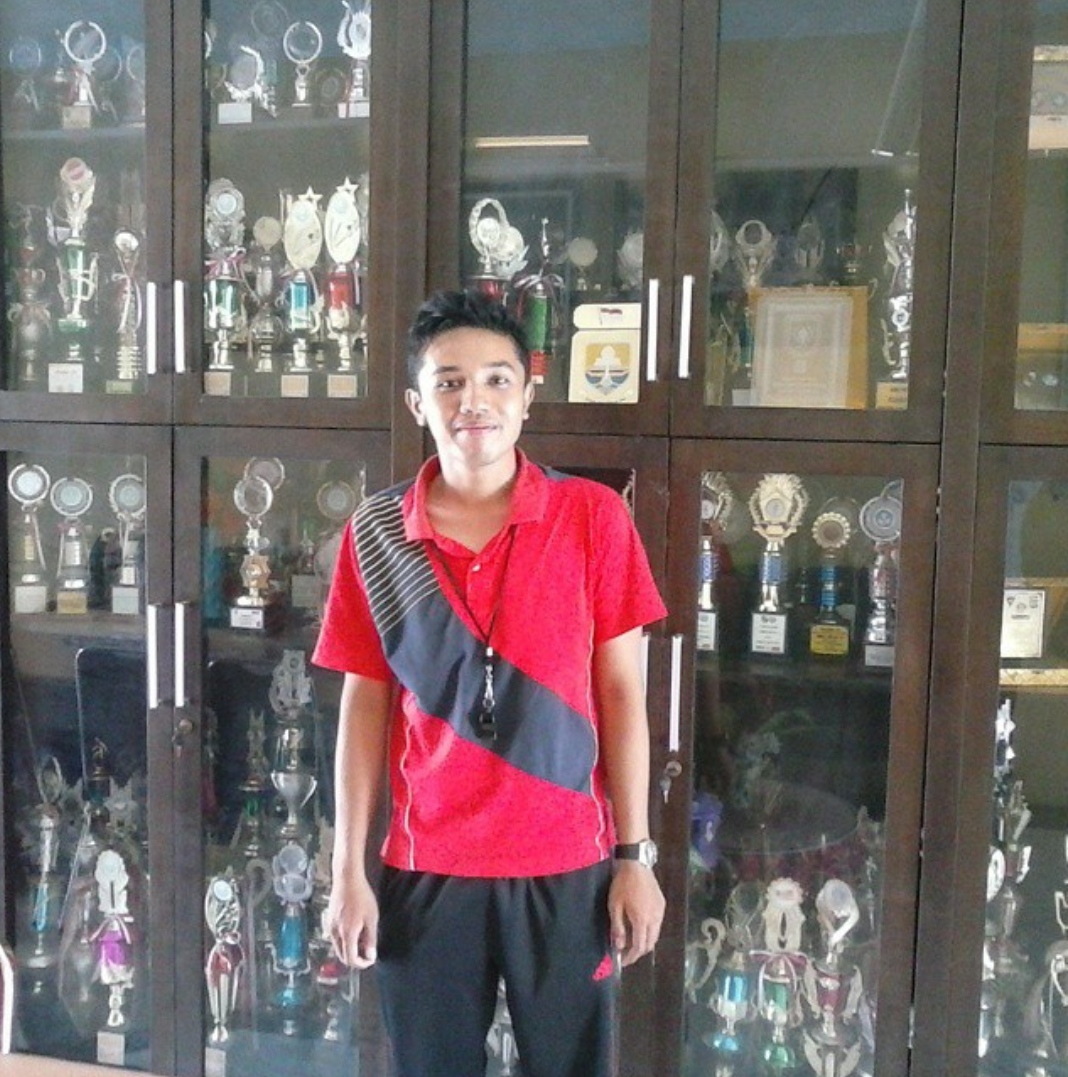Abstrak
The objective of this study is to test the effectiveness of kids’ athletics learning model in cultivating students' self-concepts. This research is a pre-experimental design with one group pretest-posttest design. The subjects in this research are 20 elementary school students. Furthermore, the applied instrument is a self-concept questionnaire with a nominal scale. The Wilcoxon signed-rank test is employed to test the effectiveness of self-concepts before and after the kids’ athletics treatment. Henceforth, the results show the increase of students' self-concepts after being treated of kids’ athletics models. To sum up, the kids’ athletics model is effective for improving students' self-concepts.
Referensi
Aghdasi MT, A. A. (2008). Comparing Anxiety and Self-concept Rate of Athletic and non-athletic Students of Orumiye University. Islamic Azad University-Sport Research Center, Tehran Islamic Azad University, Proceeding in Farsi.
Alipor, Hossein and Rahmani, N. (2012). A comparative study of Self-steem in War Victims’ and Non-war Victims’ children. May, 16(4), pp:29-43.( In Persian).
Astuti, R. D. (2015). Identifikasi faktor-faktor yang memengaruhi konsep diri siswa Sekolah Dasar Negeri Mendungan I Yogyakarta. Basic Education, 4(2).
Badeleh, M., Fathi, M., Aghamohammadian Sharbaf, H. R., Taghi Badeleh, M., & Ostadi, N. (2013). Compare the effect of group cognitive behavioral hypnotherapy and group cognitive behavioral therapy on increasing the self-esteem of adolescents. Journal of Fundamentals of Mental Health, 15(59), 194-204.
Burns, R. B. (1979). The Self Concept : Theory, Measurement, Development and Behavior. Longman Group Limited.
Cohen, E. G., & Lotan, R. A. (2014). Designing groupwork: strategies for the heterogeneous classroom third edition. Teachers College Press.
Corrigan, P. (2004). How stigma interferes with mental health care. American Psychologist, 59(7), 614–625. https://doi.org/10.1037/0003-066X.59.7.614
Hergenhahn, B. R., & Olson, M. H. (2009). No TitleTheories of learning = (Teori belajar) / B.R. Hergenhahn, Matthew H. Olson (7th ed.). Kencana Prenada Media Group.
Kadir. (2016). Statistika Terapan. Rajawali Pers.
KBBI. (2008). Kamus Besar Bahasa Indonesia (Vol. 66). Pusat Bahasa.
Leila, S., Ebrahim, M. S., Nahid, S., & Azizollah, A. (2013). The Relationship between Children’s Self-Esteem and Parents’ Educational Level. International Journal of Academic Research in Progressive Education and Development, 2(3), 11–21. https://doi.org/10.6007/ijarped/v2-i3/3
Masturah, A. N. (2017). Gambaran Konsep Diri Mahasiswa Ditinjau dari Perspektif Budaya. Indigenous: Jurnal Ilmiah Psikologi, 2(2). https://doi.org/10.23917/indigenous.v2i2.4934
Murdoko, E. W. H. (2006). Personal Quality Managemen. PT Elax Media Komputindo.
Paramitha, S. T., & Anggara, L. E. (2018). Revitalisasi pendidikan jasmani untuk anak usia dini melalui penerapan model bermain edukatif berbasis alam. Jurnal Pendidikan Jasmani dan Olahraga, 3(1), 41-51.
Petros, B., Ploutarhos, S., Vasilios, B., Vasiliki, M., Konstantinos, T., Stamatia, P., & Christos, H. (2016). The effect of IAAF Kids’ Athletics on the physical fitness and motivation of elementary school students in track and field. Journal of Physical Education and Sport, 16(3), 883–896. https://doi.org/10.7752/jpes.2016.03139
Rosdiani, D. (2012). Model Pembelajaran Langsung Dalam Pendidikan Jasmani dan Kesehatan. Alfabeta.
Rusman. (2012). Model-Model Pembelajaran Mengembangkan Profesionalisme Guru (edisi kedua)tle (Edisi Kedu). PT Raja Grafindo Persada.
Sereshkeh, S. K., & Amirnejad, S. (2013). Comparing Self-esteem and Self-concept of Athletic and Non-Athletic Students and Finding a Relationship between these two Variables. Applied Science, 1(1), 19–22.
Sirgy, M. J. (2015). Self-image/product-image congruity and advertising strategy. In Proceedings of the 1982 Academy of Marketing Science (AMS) annual conference (pp. 129-133). Springer, Cham.
Veenhoven, R. (2006). THE FOUR QUALITIES OF LIFE Ordering concepts and measures of the good life. Journal of Intelligent and Robotic Systems: Theory and Applications, 22(3–4), pp 74-100.
West, R. & L. H. T. (2008). Pengantar Teori Komunikasi Analisis dan Aplikasi ((Terj. Maria Natalia Damayanti & Maer). (eds.)). Salemba Humanika.
Widiarti, P. W. (2017). Konsep Diri (Self Concept) dan Komunikasi Interpersonal dalam Pendampingan Pada Siswa SMP Se Kota Yogyakarta. Informasi, 47(1), 135. https://doi.org/10.21831/informasi.v47i1.15035
##submission.copyrightStatement##

